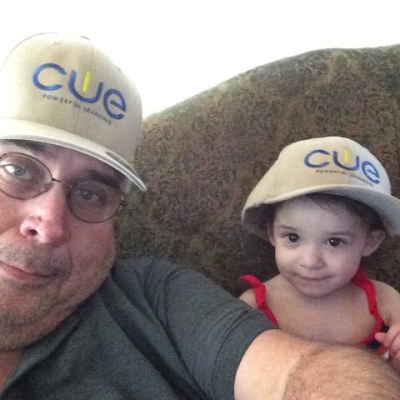INTRO
My K-12 experience spanned from 1961 through 1974. My butt polished a lot of chairs in that time.
SIT
I can't recall many times, outside of PE class, where I wasn't sitting down in school. Sure, there were those terrifying moments working problems on the blackboard. But this activity wasn't something a kid looked forward to.
The classrooms I knew had rows of chairs. Desktop collaboration was difficult. Aside from the floor flat surfaces to spread out and collaborate on were few. I cannot recall a time when we used the floor.
@ErikWahl and @KidsDeserveIt if you want to move education forward then your delivery needs to get students' bodies moving.
GET
I design learning experiences for adults. In the almost two years that I've been participating in EdCamp I have learned many ways to teach kids. I have been able to use some of these techniques and strategies and tools with the learners I support. The best of them involve movement.
Devices and technology give students reach: to information and each other. The information stores, libraries, that I encountered in the 1960s were places to borrow books. The Internet of the day, card catalogues, were slow and cumbersome and in the end useful only insofar as the library was able to keep the resource: book, periodical, or map. Accessing the resource required that I go to the library. Today the information comes to students through browsers and apps.
Students need to be set in motion. In a Twitter chat some time ago I heard about Heutagogy. In a nutshell I think its about going after learning. Students, whether adults or children know what they need. It's arguable that maybe adults have a more definite idea of their needs than children. I'm not so sure.
OUTRO
If we're serious about growing flexible, curious, and creative people we have to set them free to go after what interests them. It's our job as educators to design learning experiences that facilitate that chase. Set our students free. My granddaughter Carly is counting on you.









